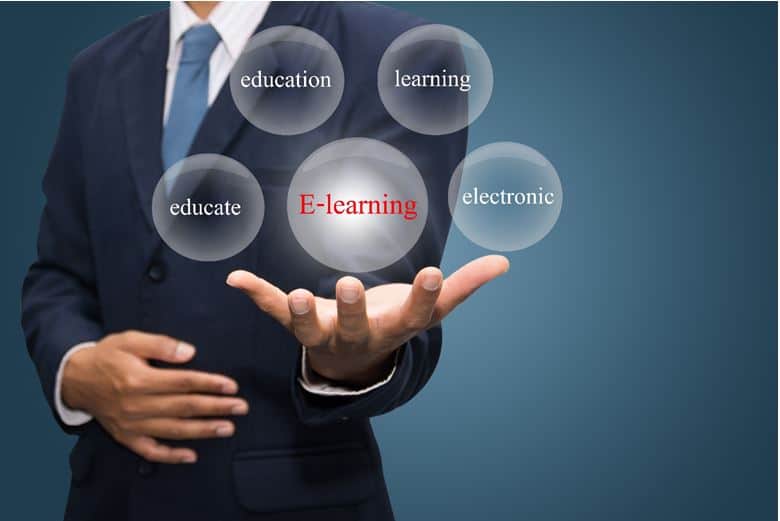The 2020 COVID pandemic presents important challenges for organizations of all sizes. For example, even small restaurants that are able to operate with indoor dining often have to close for periods of time when one of their employees tests positive for the virus. This is because their co-workers are considered close contacts of the infected person and there are not enough employees out of quarantine for the restaurant to operate.
Safety management tools can be applied to physical aspects of the workplace by identifying engineering controls, management practices and protective equipment in order to decrease the likelihood of an employee testing positive, but selecting such measures is only the first step in implementing a protection strategy.
After an organization has determined which steps it can take, it must explain to employees, customers, suppliers and the government why those choices were made. These explanations need to get agreement from all of these stakeholders to be considered effective.
The challenge of this communication is well-illustrated by the rollout of the COVID vaccine. The speed of the development of the vaccine was remarkable. For most diseases, vaccines can take up to 10 years to develop and be proven safe for public use. In the case of the 2019 Coronavirus, this was accomplished in less than a year. However, this technical feat alone will not change the course of the pandemic.
To reduce the spread of the disease, vaccines need to be delivered to the arms of about 75% of the vulnerable population, which, in this case, is the whole world. However, surveys of specific populations such as health care workers or people in particular countries show that only around 50% of the population is willing to be part of the initial group to get the new vaccine.
This is somewhat lower than the approximately 60% of the population that is willing to take the more well-established flu vaccine. And because the COVID virus is more infectious than the flu virus, a larger portion of the population needs to have the COVID vaccine to support better public health.
This means that employers who want to maintain a resilient workforce will need to help motivate their employees to participate in the COVID vaccination program. This message can be delivered using traditional safety training methods. However, trainers must recognize that there are conflicting messages about the vaccine in the general population. So, in addition to going over the technical information available about the vaccine, discussion of other concerns related to the vaccine should be included in the training. This can be done by finding opportunities to include interactive question and answer sessions in the training. Fortunately, the rapid development of video conferencing as a workplace tool allows follow up with individuals who have taken an introductory online training. This training approach applies to other parts of a COVID management program, such as mask requirements, testing protocols and ventilation measures.
While employee training can help an employer take advantage of the opportunity that the vaccine presents, it is also important to track who completes the training by participating in the follow up discussions. Unfortunately, mixed approaches to delivering training such as described above complicates such recordkeeping. As this example illustrates, planning the training program to include a well-organized approach to recordkeeping is an important step in providing effective employee education around all workplace health and safety issues.
SafetyStratus’s Training Tracking & Management Module allows organizations to track and manage all training-related activities.
For more details: Click here & Contact SafetyStratus Now.
AUTHOR BIO

Ralph Stuart, CIH, CCHO is the Environmental Safety Manager at Keene State College in Keene, NH. He has over 30 years of experience in addressing Indoor Air Quality concerns and optimizing laboratory ventilation for safe energy conservation. He is the past chair of the American Chemical Society’s Committee on Chemical Safety.



